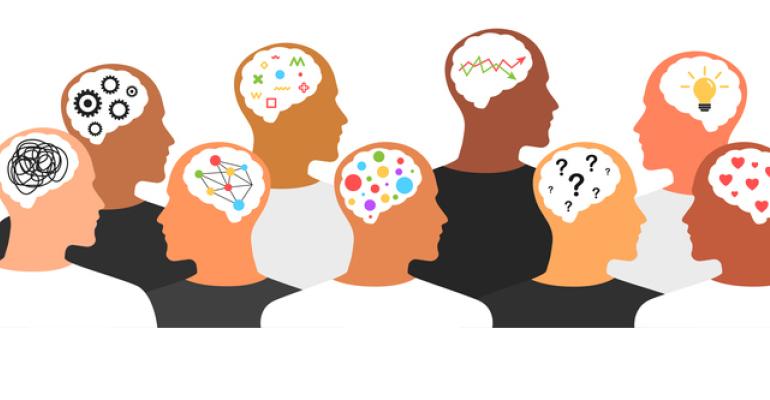As the growing interest in workplace diversity, equity, and inclusion expands, meeting professionals are considering how events can be more inclusive for neurodiverse attendees, including those with autism.
Consider the Neu Project, launched by Google in 2022. This global community is on a mission to make the work world more welcoming and productive for neurodivergent communities. “DE&I is an essential practice,” the project’s website states. “However, neuro inclusion remains a gap in the industry, particularly in corporate events.”
Neuro inclusion is not just about creating belonging in the workplace, it is about building a better business. “Research suggests that teams with neurodivergent professionals in some roles can be 30 percent more productive than those without them,” according to Deloitte. “Inclusion and integration of neurodivergent professionals can also boost team morale.”
For neurodivergent people to excel within an organization, though, their learning styles and interactive abilities must be accounted for in meetings. Here is how you can make business events more accessible, inclusive, and effective for everyone.
Print your agenda or schedule of activities in advance—at least one week ahead if possible. Knowing what is happening day-to-day alleviates attendees’ anxiety about unfamiliar situations. Include detailed descriptions of what is expected at each activity. Unpredictability and change are difficult, but understanding expectations in advance can help people prepare.
Make sure the purpose of the meeting is clear. Clarify outcomes that are hoped for from the meeting. Ambiguity can cause unnecessary stress.
Consider Universal Design Learning (UDL) in the planning process. UDL is an approach to curriculum design that can help organizations customize content delivery to everyone, regardless of ability, disability, age, gender, or cultural and linguistic background. UDL serves as a kind of blueprint for designing strategies, materials, assessments, and tools.
Use plain language. In session descriptions, avoid colloquialisms and metaphors like “brainstorming” or “out of the box thinking.” Plain language makes information accessible to all. You can find the federal government's plain-language guidelines here.
Create written instructions for all activities. Make sure meeting times, locations, and durations are in writing. Use detailed maps and photos, if possible, for offsite activities.
Identify any sessions that might change. If meeting times or activities are contingent on circumstances—perhaps a session might be delayed or go longer due to the availability of a team leader—spell it out so that the delay or rescheduling does not come as a surprise. Last-minute changes are hard to process; knowing in advance can be extremely helpful.
For recurring meetings, if a change in schedule, structure, or content is expected, communicate the change well in advance. Changes in routine can be difficult to absorb. In general, try to avoid surprises.
Create sensory retreat spaces. People can get overstimulated and overwhelmed by sounds, colors, and light. Overstimulation can cause migraines. Create a calming space and encourage employees to excuse themselves when needed to regulate stimulation. The space should be nearby (but away from crowds), quiet, and offer dimmable lighting. Identify the space ahead of time in the same way you’d identify restrooms and other facilities. Learn about one event center’s sensory space here.
Invite people to take breaks as needed. In the same way attendees would excuse themselves for a restroom break, normalize the idea of neurodiverse employees (or anyone else) taking a mental break at their discretion.
Ask about seating preferences. Some people prefer to sit in the front of classroom-style meetings or close to the facilitator in roundtable meetings because it is easier for them to focus on what is being presented.
Provide meal options. Keep in mind that some people are sensitive to flavors and textures. If possible, ask about food requirements in advance, thinking beyond allergies and preferences.
Better Meetings for Everyone
You might be thinking that these recommendations sound like common-sense steps for better meetings for everyone—and you would be correct. Clear agendas and purpose, plain language, and thoughtful change management, breaks, and meal options are ingredients for successful and effective meetings and events. A U.K. study found that just 23.5 percent of employees with autism disclose their diagnosis on job applications. It is safe to assume that you have neurodiverse teammates that would benefit from these steps. When meetings are accessible, everyone wins.
Darelyn Pazdel is the acting chief workforce inclusion officer at PRIDE Industries, the nation's leading employer of people with disabilities.





